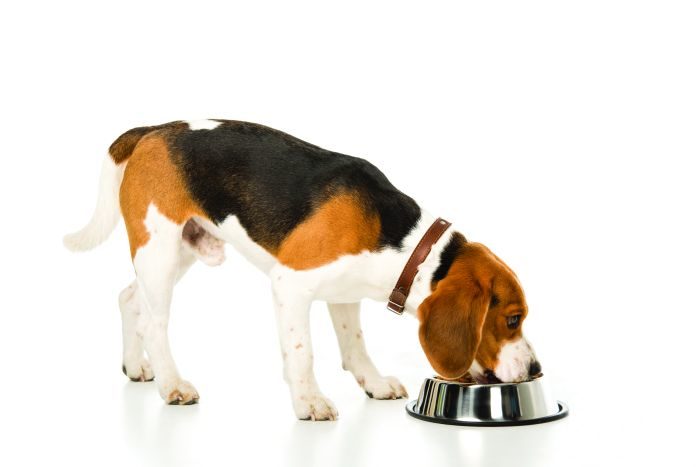- August 11, 2022
- No Comment
- 7 minutes read
Help owners avoid pets' loose stools after dog food switch – PetfoodIndustry.com

Dog owners may be reticent to try a different brand of food, fearing gastrointestinal troubles for their dogs and carpets. Knowing how long to expect for the transition could allay those fears. Common guidance holds that dogs should transition to new foods over a week or more, but scientists hadn’t published research to confirm that convention. For those scientists, researchers need to know when a dog’s gut will be ready for observation after switching to an experimental formulation.
“As long as I’ve been doing animal nutrition research, we’ve argued over how long we need to feed a new diet before collecting samples, when everything’s stabilized,” Kelly Swanson, professor of animal sciences at the University of Illinois – Urbana-Champaign. “No one has ever tested it definitively.”
It turns out, one week may be all it takes for a turn-over of bacteria and other organisms in dogs’ intestines. Swanson collaborated with scientists working for direct-to-consumer pet food company Nom Nom, a subsidiary of Mars Pet Care. The research team conducted an experiment to test how long it took for dogs’ gut microbiome changes to stabilize following a diet change. The journal Animal Microbiome published their results.
In the experiment, 12 healthy adult Beagles ate the same nutritionally balanced kibble for two weeks. After two weeks, the scientists fed one group of dogs a protein-rich canned diet, while another group of dogs ate their kibble with a high fiber supplement. As those two groups digested their differing diets, the researchers collected their feces. Analysis of the microbes and chemicals in that excrement revealed changes in the dog’s internal community of microorganisms. Within two days, the chemical leftovers of microbes biological processes, or metabolites, showed changes and then stabilized. By six days, the microbes appearing in the stool samples too had stabilized with both supplemented diets. The scientists then replicated the experiment, switching the dogs’ groups, and found similar results.
“Metabolites change really quickly, within a couple days,” Swanson said. “Bacteria responsively metabolize and deal with the substrates they’re given in the new diet. Then it takes a few more days to sort out the microbial pecking order, if you will. Our data show everything stabilizes by day six, so animal nutrition researchers could confidently sample and find a stable microbiome within 10 days.”
“People usually suggest moving pets over to a new diet over a seven-day period,” he said. “Our study suggests the microbes can completely change over in that timeframe. When you switch diets, the body has to adjust, but the microbes have to change as well. If they’re not in a happy situation, you end up with loose stools or flatulence. So it’s probably good to do it a bit more gradually at home than we did in the lab.”
Tim Wall covers the dog, cat and other pet food industries as senior reporter for WATT Global Media. His work has appeared in Live Science, Discovery News, Scientific American, Honduras Weekly, Global Journalist and other outlets. He holds a journalism master’s degree from the University of Missouri – Columbia and a bachelor’s degree in biology.
Wall served in the Peace Corps in Honduras from 2005 to 2007, where he coordinated with the town government of Moroceli to organize a municipal trash collection system, taught environmental science, translated for medical brigades and facilitated sustainable agriculture, along with other projects.
Contact Wall via https://www.wattglobalmedia.com/contact-us/
In the August 2022 issue of Petfood Industry, peruse this year’s edition of the Reference and Buyer’s Guide and read about toppers and feeding trials.
READ MORE in Petfood Industry magazine
Feature
By Lindsay Beaton
For several years, the pet food industry has celebrated the market’s growth outpacing that of many other consumer goods categories, even during the pandemic.
READ MORE in Petfood Industry magazine
Feature
By Lindsay Beaton
With both form and function, toppers are becoming a go-to for pet owners looking to jazz up their pets’ bowls.
READ MORE in Petfood Industry magazine

